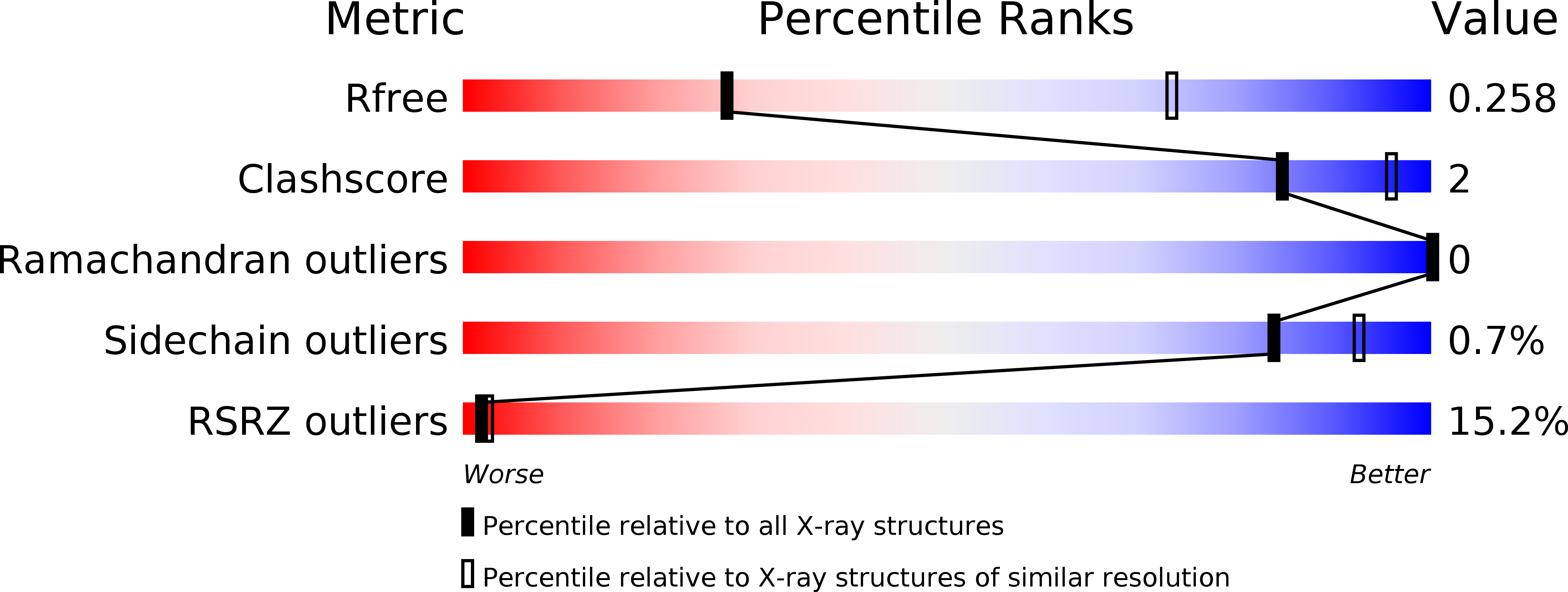
Deposition Date
2015-09-29
Release Date
2016-07-13
Last Version Date
2024-11-06
Entry Detail
Biological Source:
Source Organism:
Streptomyces lividans (Taxon ID: 1916)
Mus musculus (Taxon ID: 10090)
Mus musculus (Taxon ID: 10090)
Host Organism:
Method Details:
Experimental Method:
Resolution:
3.40 Å
R-Value Free:
0.25
R-Value Work:
0.24
R-Value Observed:
0.24
Space Group:
I 4


